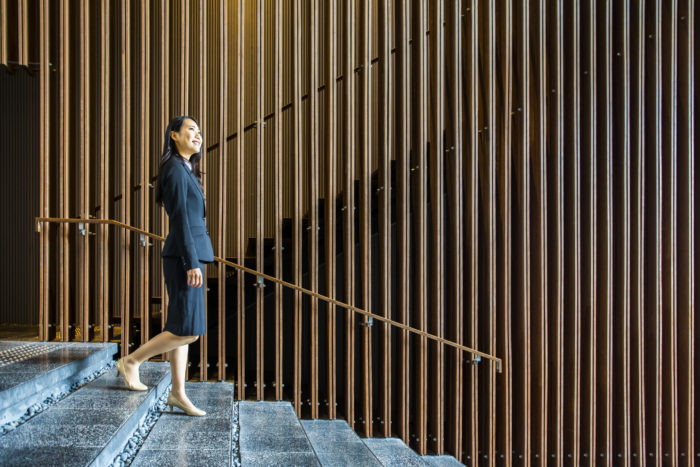
Whenever I go to another Japanese networking party, it takes a moment or two for me to to snap back into remembering to bow properly, whilst negotiating my wine and canapés and exchanging greetings with Japanese business acquaintances. But thanks to my time in a Japanese school, where we bowed every morning to the teacher, and had twice weekly outdoor assemblies where we rehearsed standing at ease, then standing to attention, then bowing – the proper way to bow is somewhat instinctive for me.
NON-JAPANESE BOWING WILL ALMOST CERTAINLY GET IT WRONG
For most non-Japanese people, bowing correctly is a challenge, and in my opinion, we worry too much about it. Most Japanese people, when meeting with a foreign person, will expect to shake hands. I usually advise that a slight nod of the head or bend at the waist is a good cultural compromise when shaking hands with a Japanese person. If you have not been brought up to bow, and also had it drilled into you again at an induction course in a Japanese company, when you do try to do a full bow, you will almost certainly get it wrong. Bowing too deeply or for too long a time will result in your Japanese counterpart feeling obliged to dip down again for a further round of needless bowing.
NO BOWING ZONES?!
You often see this happening in public in Japan, where neither party wants to stop bowing first, in order to show respect. An English-language magazine targeting Tokyo’s expat community once extrapolated on this phenomenon by publishing an April Fool’s article saying authorities were going to set up “no bowing” zones, near revolving doors and on station platforms as excessive bowing was causing a safety hazard. Plenty of people believed the article.
I do know of one case where bowing actually did lead to physical injury. A British employee of a Japanese company in Europe related the story to me: “Our new Japanese Managing Director for Europe was going round all the departments to introduce himself and as he turned to me I put out my hand to shake hands. He, however, had started to bow down low, and I caught him right in the eye. Fortunately it turned out he has a good sense of humour, and whenever I see him in the corridor now, he covers his eye with his hand!”
BOWING IS DEEPLY ENGRAINED IN THE JAPANESE PSYCHE
Bowing is deeply engrained in the Japanese psyche, it would seem. One Japanese friend of mine, who has been living in the UK for 30 years, still bows whenever he meets a Japanese person, even in the streets of London. I asked another Japanese friend of mine, who has also been living for many years in London, if she would ever consider hugging her mother when she came to meet her at Narita airport each time she returns to Japan. “Ewww no!” she said, and then laughed, realising how years of kissing, hugging and shaking hands in the UK had made no impact on her instincts at all.
You can subscribe to our monthly newsletter giving you access to further Japan Intercultural Consulting online resources on Japanese etiquette and other aspects of Japanese business here.
Related articles
The “san” thing – more about psychological distance than hierarchy
Former Japanese national football (or soccer if you prefer) team member Honda Keisuke used the honor
What businesswomen should wear when meeting with Japanese
I frequently am asked for dressing tips for businesswomen who are going to visit Japan or have meeti
Gifts, Favors and Obligations in Japanese Business Culture
While exchange of favors and mutual aid are common to all cultures, there are some differences in th





